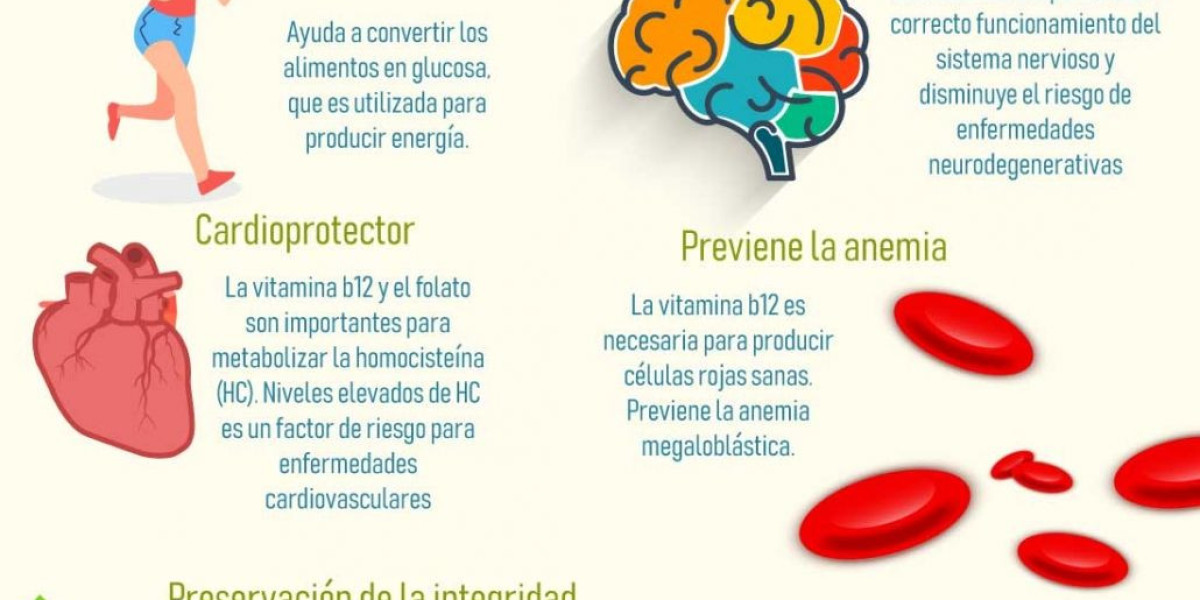Market Overview
The Plastics in Electrical and Electronics Market is valued at USD 80.9 billion in 2024 and will grow at a CAGR of 7.45% through 2034.
Plastics are essential in E&E products due to their combination of electrical insulation, flame retardancy, dimensional stability, and design flexibility. High-performance polymers such as polycarbonate (PC), polyamide (PA/nylon), polyphenylene sulfide (PPS), and polyethylene terephthalate (PET) are widely used across consumer electronics, telecom infrastructure, and electric vehicles. The market continues to expand as the demand for durable, versatile, and lightweight materials grows, enabling complex device designs and efficient manufacturing processes.
Key Market Growth Drivers
- Miniaturization and Complex Designs: The trend toward smaller, more compact devices drives demand for plastics that allow thinner walls, finer features, and precise molding. These materials help integrate multiple functions into single components while reducing overall device weight.
- Telecom Expansion (5G and IoT): The rollout of new network infrastructure requires plastics with flame resistance, UV stability, and electromagnetic compatibility, particularly for housings, insulators, and structural components.
- Electrification of Transport: Electric vehicles and other electrified transport modes increase demand for high-temperature engineering plastics for battery enclosures, connector housings, and thermal-management components. Plastics help reduce vehicle weight, improving energy efficiency and range.
- Cost and Manufacturing Efficiency: Plastics enable high-volume, repeatable production at lower cost compared to many metals, especially through injection molding and thermoplastic composite processing.
Market Challenges
- Sustainability and E-Waste Management: Rapid product cycles and multi-material assemblies make recycling difficult. Environmental regulations and societal pressure are driving the need for recyclable or eco-friendly plastics.
- Supply Chain Volatility: Fluctuations in petrochemical feedstock prices and raw material shortages can impact manufacturing costs and margins.
- Regulatory Changes in Additives: Flame-retardant and additive restrictions require reformulations, increasing R&D and compliance costs.
- Competition from Alternative Materials: Metals and ceramics remain preferred in high-temperature or highly structural applications, challenging plastics suppliers to innovate continuously.
Regional Analysis
- Asia-Pacific (APAC): Dominates both production and consumption due to large-scale electronics manufacturing, telecom expansion, and increasing electrification. APAC remains the largest regional contributor to plastics demand in E&E.
- North America and Western Europe: These regions focus on high-value applications, sustainability, and regulatory compliance. Growth is driven by electrification and industrial electronics, with emphasis on eco-friendly materials and recyclable designs.
- Emerging Regions (Latin America, MEA): Growth is moderate and tied to industrial investment and macroeconomic conditions. Market entry requires understanding local supply chains and regulatory frameworks.
Browse Full Insights:
Opportunities
- Recyclable and Mono-Material Designs: Simplified assemblies using compatible plastics improve recyclability and meet circular economy goals.
- High-Performance Niche Materials: Heat-resistant, thermally conductive, and non-halogenated flame-retardant plastics represent high-margin opportunities.
- Localized Compounding and Engineering Support: Regional compounding and application engineering help reduce lead times and logistical risks for manufacturers.
Some of the major players operating in the global market include:
- Arkema SA
- BASF SE
- Bayer AG
- Chevron Phillips Chemical Company LLC
- Covestro AG
- Dow Inc.
- DuPont de Nemours Inc.
- LANXESS AG
- LG Chem Ltd.
- Mitsubishi Chemical Holdings Corporation
- PolyOne Corporation
- SABIC
- Teijin Limited
Conclusion
The Plastics in Electrical and Electronics market is poised for sustained growth, driven by miniaturization, telecom expansion, and transport electrification. However, challenges such as sustainability requirements, feedstock volatility, and material competition require strategic innovation. Companies that invest in high-performance, recyclable materials, regional compounding capabilities, and design-for-sustainability approaches are well-positioned to capitalize on emerging market opportunities. Asia-Pacific is expected to remain the central growth hub, while other regions focus on innovation and regulatory compliance. By balancing performance needs with environmental responsibilities, the sector can deliver long-term value to manufacturers, consumers, and investors alike.
More Trending Latest Reports By Polaris Market Research:
Skills Management Software Market
Homogeneous Precious Metal Catalyst Market
Refurbished Medical Imaging Equipment Market
Homogeneous Precious Metal Catalyst Market
Automotive Collision Repair Market
Hemato Oncology Testing Market
Specialty Oleochemicals Market
Audio and Visual Public Addressal System Market








